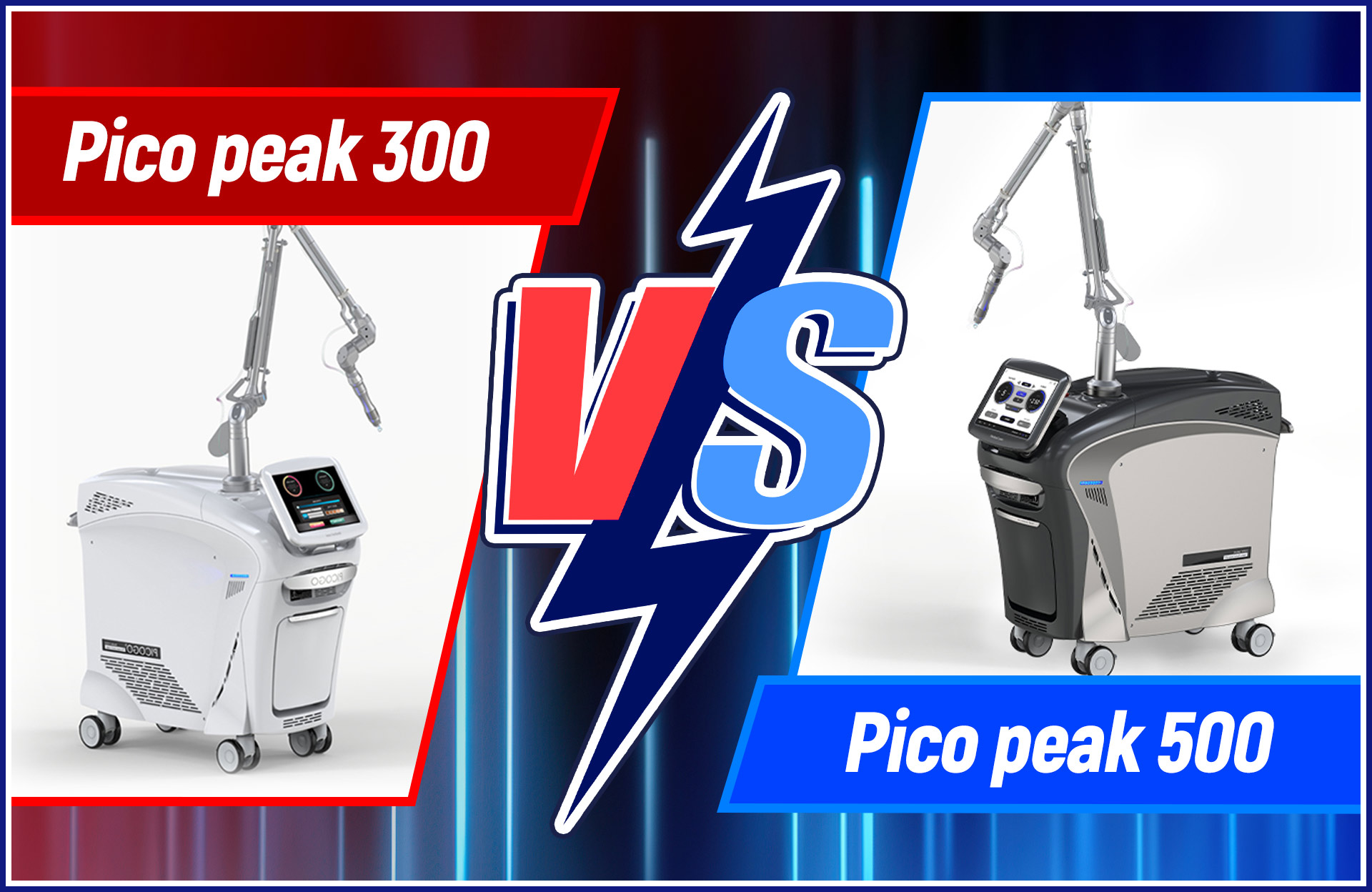
In the realm of semiconductor laser packaging technology, a distinctive evolution from discrete device packaging has unfolded, driven by the unique demands of these lasers. While discrete devices encapsulate the die to protect and establish electrical connections, semiconductor laser packaging goes a step further. It not only safeguards the die's normal operations but also facilitates the output of electrical signals and visible light. Unlike discrete devices, adapting them for semiconductor lasers proves impractical.
The Light-Emitting Heart
Central to the semiconductor laser is the light-emitting PN junction core, formed by p-type and n-type semiconductors. As minority carriers injected into the PN junction unite with majority carriers, they emit visible, ultraviolet, or near-infrared light. Yet, the emitted photons lack directionality, posing a challenge. The efficient release of light depends on semiconductor materials, die structure, geometry, internal composition, and packaging materials.
A common approach involves bonding or sintering a square tube core onto a lead frame. The tube core, with a side length of 0.25mm, connects to the lead frame, while a reflecting cup and epoxy resin encapsulation optimize light emission. The reflecting cup gathers emitted light and directs it, while epoxy resin serves multiple functions, including protection from external elements and controlling light divergence.
Managing Drive Currents
Semiconductor lasers are temperature-sensitive, with emission wavelengths varying with temperature changes. Forward currents through the PN junction induce heating, impacting luminous intensity. To maintain color purity and luminous intensity, thermal management is crucial. Historically, reducing drive currents to lower junction temperature was the norm, but newer designs focus on low thermal resistance packaging and innovative structures. Techniques include flip chip structures, thermally conductive silver glue, increased metal support surface area, and direct attachment of the silicon carrier to the heat sink.
Advancements in the 21st Century
Entering the 21st century, semiconductor lasers have witnessed unprecedented advancements. Efficiency, ultra-high brightness, and panchromatic capabilities have seen continuous improvement. Red and orange semiconductor lasers achieve remarkable light efficiency of 100lm/W, while green counterparts reach 50lm/W. Single semiconductor lasers now emit luminous flux in the tens of lumens. The industry, no longer bound by traditional design paradigms, focuses on optimizing internal structures and packages, enhancing photon emission probability, and addressing optimal design challenges in heat dissipation, light extraction, and heat sinks.
As research and development in the semiconductor laser industry progress, the focus remains on improving optical performance, accelerating the surface mount device (SMD) process, and pushing the boundaries of what semiconductor lasers can achieve. The journey into the heart of semiconductor laser technology continues, promising advancements that redefine possibilities in the world of lasers and photonics.
 Do You Really Know Permanent Hair Removal?
Do You Really Know Permanent Hair Removal?
 Mastering HIFU: Step-by-Step Operating Guide and Real-Life Demonstrations
Mastering HIFU: Step-by-Step Operating Guide and Real-Life Demonstrations
 Understanding the Differences Between Picospeak 300 and 500 in One Article
Understanding the Differences Between Picospeak 300 and 500 in One Article
 Russian Agents Experience Warm Welcome and Cutting-Edge Beauty Instrument Exports at SEA HEART GROUP
Russian Agents Experience Warm Welcome and Cutting-Edge Beauty Instrument Exports at SEA HEART GROUP